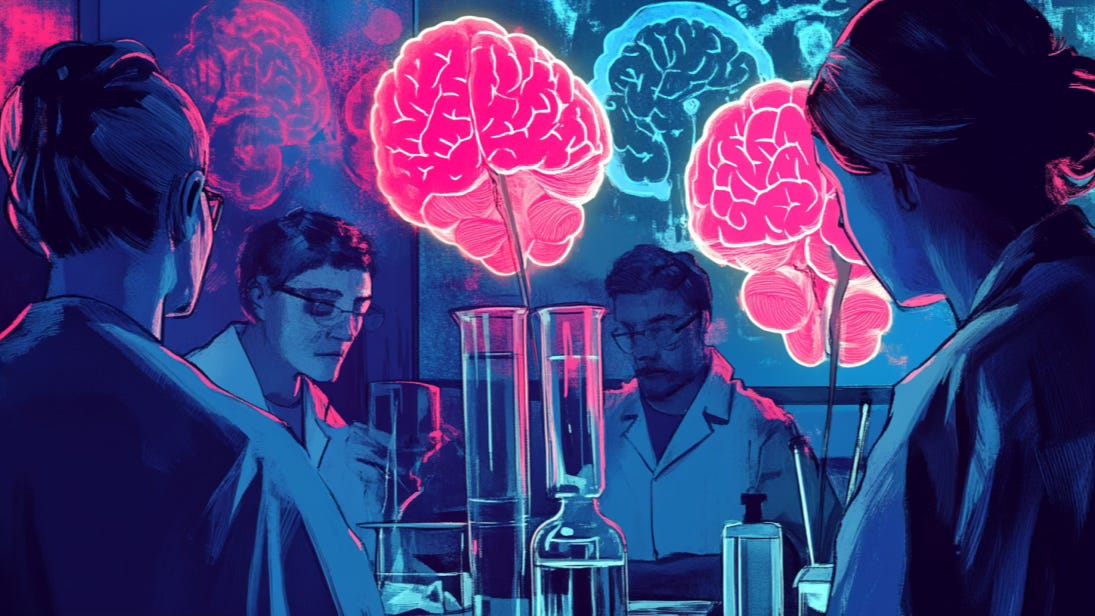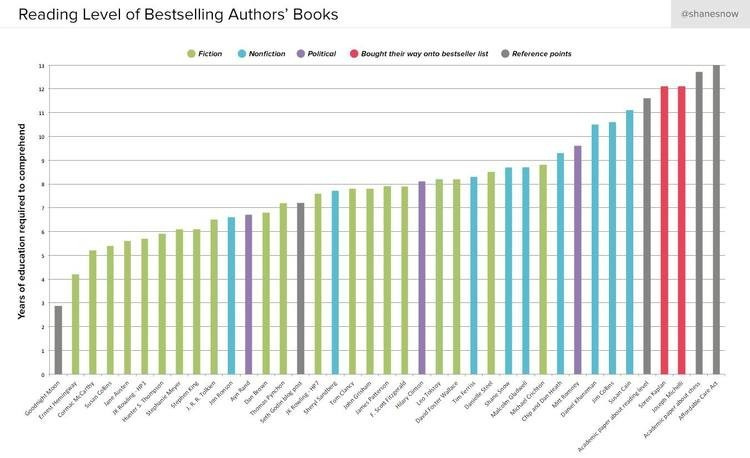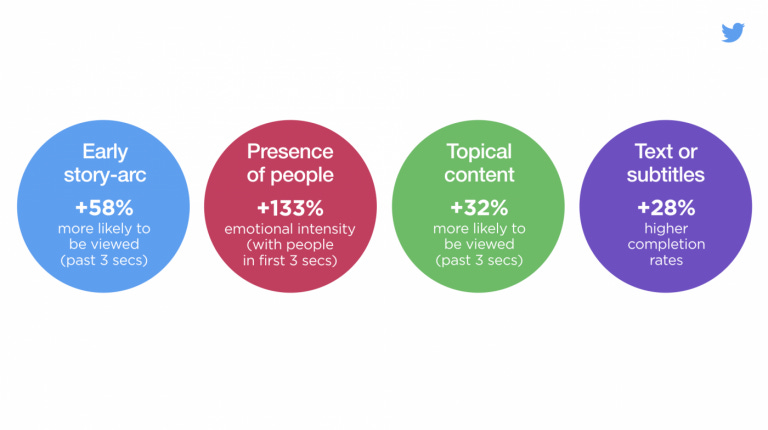RENT: The 4 Elements of Great Stories, According to Neuroscience
A framework to help you stand out amidst a sea of AI slop.
This summer, I interviewed over 60 people to replace me.
It’s a strange experience interviewing people to take your job and comes across as a little suspicious — like you’re trying to offload a McMansion at a price that seems too good to be true. Why would I give up a dream job leading marketing at a fast-growing AI company? Is there secretly a forgotten, manic co-founder scampering inside the walls, threatening to eat the foundation from the inside?
So I’d start every interview the same way: I’d tell them my story, explaining why I was giving up a dream job to go all-in as a creative entrepreneur. Then I’d ask them to tell me their story.
I did this for a few reasons. First, stories are how we connect and build trust. If you think of our brains as operating systems, stories are the software through which we quickly create a shared bond — activating mirror neurons and the production of oxytocin.
Secondly, a conversation without stories isn’t really a conversation — it’s an interrogation. We’re not solving a murder here; we’re doing B2B marketing. It’s not that serious. No one needs to feel like they’re on Law & Order.
Third, telling your personal story is a good challenge for a CMO candidate. Have they honed their narrative and brand? If not, they’d likely struggle to do the same for our company. Dead-eyed CMOs who recite their resume in a Siri-esque monotone are a huge red flag.
Mastering your personal narrative is about to become crucial for everyone. We’re entering an era in which AI will soon be able to do many technical tasks faster and better than us; the “agent era” is weeks, not years, away. Increasingly, success at work will mean mastering soft skills like communication, leadership, and empathy. Stories, not spreadsheets, are how you build strong relationships with other human beings.
So, I wanted to share a framework to help you master the elements of personal storytelling and RENT space in your audience’s head, based on years of studying the neuroscience of storytelling:
Relatability
Ease
Novelty
Tension
Let’s dive in.
Relatability
In 1992, scientists at the University of Parma attached electrodes to monkeys' brains (as we all do when we’re bored) and made a startling discovery. The same neurons fired when the monkeys took an action — like grabbing a banana — as when the monkeys saw a man or monkey take that same action. The scientists called these neurons “mirror neurons.”
Subsequent studies of humans found that we also have mirror neurons, which are activated through stories. When we hear a great story, the neural activity of the listener mirrors the neural activity of the storyteller.
So if I tell you a riveting story of being chased through the forest by a Tiger, and really sell the adrenaline-pumping terror of the chase, your brain will respond like you’re being chased by a tiger, too. This “emotional contagion” creates a shared emotional state between us, which is why stories quickly create such strong bonds. Great stories also trigger the production of oxytocin, a powerful neurochemical associated with empathy and human connection, which deepens that bond even more.
Relatability amplifies this to an 11, since emotional contagion and mirror neurons tend to be strongest when the listener recognizes themselves in the story.
If you think about it, this makes sense. It’s why we love teen movies when we're in high school and why I saw Mean Girls three times in theaters. It's why my mom's favorite movie is Something's Gotta Give with Diane Keaton and Jack Nicholson. We're much more likely to pay attention if we can see ourselves in a character or situation central to the story.

Basically, we're a planet of narcissists, and you need to play into your audience’s narcissism. If you’re talking to the CEO of a startup, tell a story that she can see herself in. Maybe it’s about a tough executive decision you had to make amidst early-stage chaos. Or perhaps you both live in New York City, and your story is about how you saved a group of clueless tourists from jumping onto the tracks to catch Pizza Rat.
The best storytellers adjust their stories to make them relatable to their target audience and form a deep connection.
Ease
A few years ago, Shane Snow —my writing partner and Storytelling Edge co-author—ran the work of best-selling authors through a reading-level analysis. It turns out that the most beloved storytellers on the list—Ernest Hemingway, Cormac McCarthy, J.K. Rowling, Hunter S. Thompson, etc.—wrote for elementary school students.
The people who wrote at a high school or college level? Crappy business authors who bought their way onto the bestseller list.
The first few seconds of your story — whether in writing, video, or told aloud — are crucial. If your story involves a convoluted wind-up or erudite prose filled with words the listener might not know, you might make yourself feel smart but lose them completely. If you hook them with clear language and stakes (more on that in a minute), you’ll hold their attention.
We see this in video content too. A neuromarketing company called Neuro-Insight that I’ve partnered with on research projects found that social videos that presented an early story arc and characters were much more likely to hook people.
Novelty
Our brains crave novelty. When we roamed the earth in hunter-gatherer tribes, this was a matter of survival: noticing new predators, food sources, or social dynamics could be the difference between life and death. In the millennia since, little has changed.
When we experience something new, our brain delivers a hit of sweet, sweet dopamine, encouraging us to pay attention. This is why generic stories (“I graduated college, then I went to McKinsey, then I decided to take a corporate job at Coca-Cola”) make us space out, while novel stories (“After graduating Oberlin, I traveled to Hungary to wrestle bears at the circus”) lock us in. Neuroscientists have found a strong link between novelty and long-term memory.
Layer in new, interesting, and strange details and situations to engage your audience. It’ll trigger a dopamine release, and those good feelings will be associated with you as the storyteller.
(For instance, did you know that I’ve hugged Coolio twice in my life, and the second time changed how I saw the tech industry forever? Stay tuned to get that story in your inbox soon.)
Tension
Aristotle once said that the key to a great story was establishing the gap between what is and what could be, and then closing and opening that gap over and over again.
Think about your favorite romcoms. They center on the gap between what is (a lonely, single life) and what could be (true love). Most romcoms are two hours spent watching that gap almost close before — BAM — something goes wrong and the gap widens again. Our protagonist says something dumb, the insufferable ex comes back into the picture, and ulterior motives are revealed.
The force that widens this gap over and over—keeping us on the edge of our seats—is conflict. You can't have a story without tension, and you can’t have tension without conflict. And neuroscience research has found that this dynamic makes us immersed and emotionally engaged. It’s addictive!
This is why Netflix makes 560 new Christmas movies every year.

So many stories that brands and business leaders tell are dreadfully boring because they lack real conflict or tension.
“Thought leadership” is a beaten-to-death term used by hyperactive speakers in freshly pressed blazers who believe they’re one keynote away from messianic status. (Like me!) But true “thought leadership” stories embrace tension. They create real stakes by addressing what's wrong in their industry and showing who believe the what the promised land looks like.
Great storytelling can seem like a dark art, but we're all capable of it. In the words of Jonathan Gottschall, we are storytelling animals. Iur brains are wired for story. As children, we flaunt our storytelling superpowers. When we go to sleep at night, our brain immerses itself in a world of stories. We may forget about these superpowers, but they’re sitting, dormant and waiting, inside us all.
Master just one of these elements, and you’ll have your audience’s attention. Master all four, and you’ll build a deep connection, renting space in their minds for years to come.









Dear Joe, I see your article https://storytellingedge.substack.com/p/the-new-rules-of-content-marketing because of a translation by Salvador Lorca.
Can I translate this article with the same rules (links, credit, etc) into Spanish?